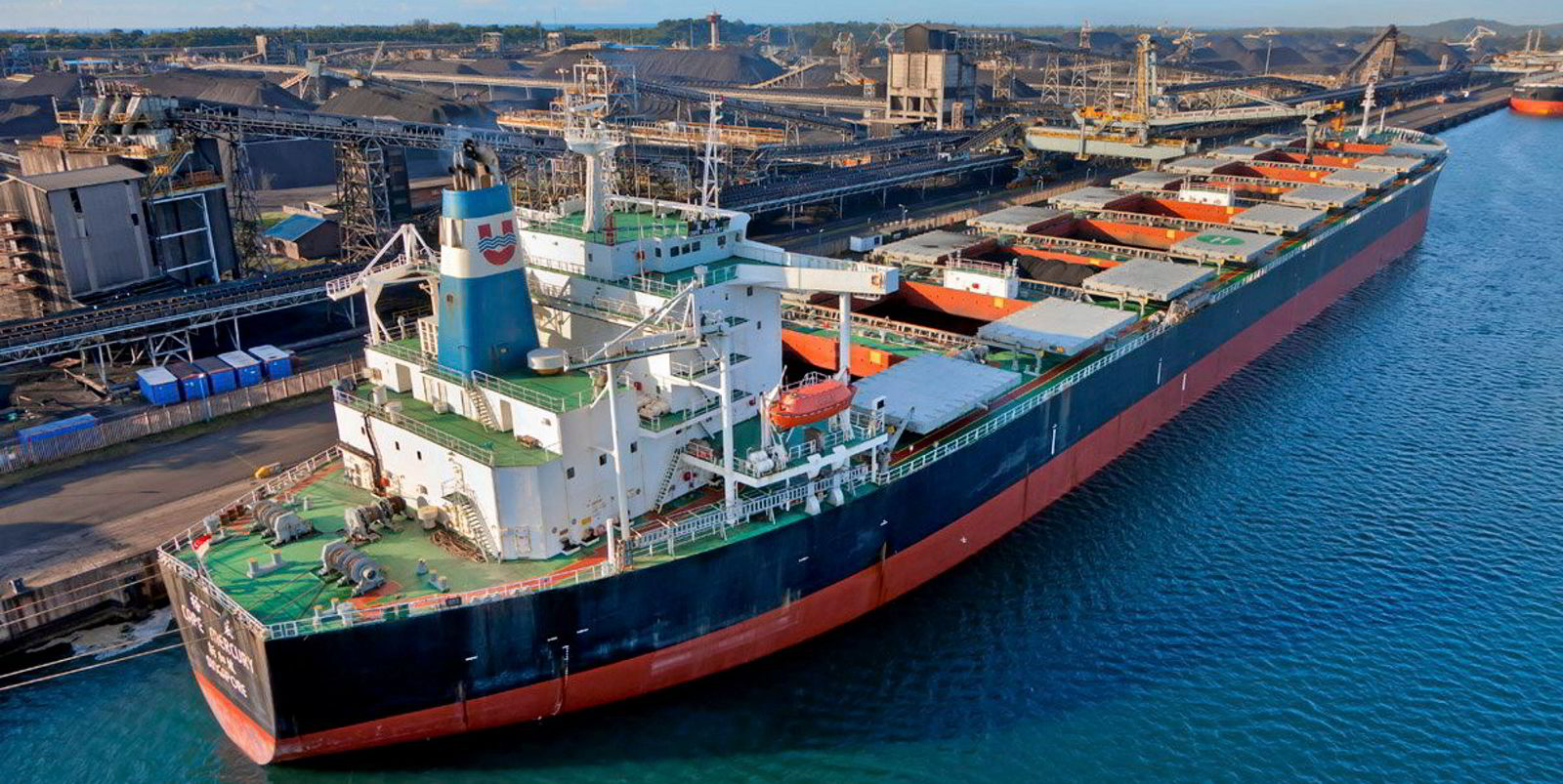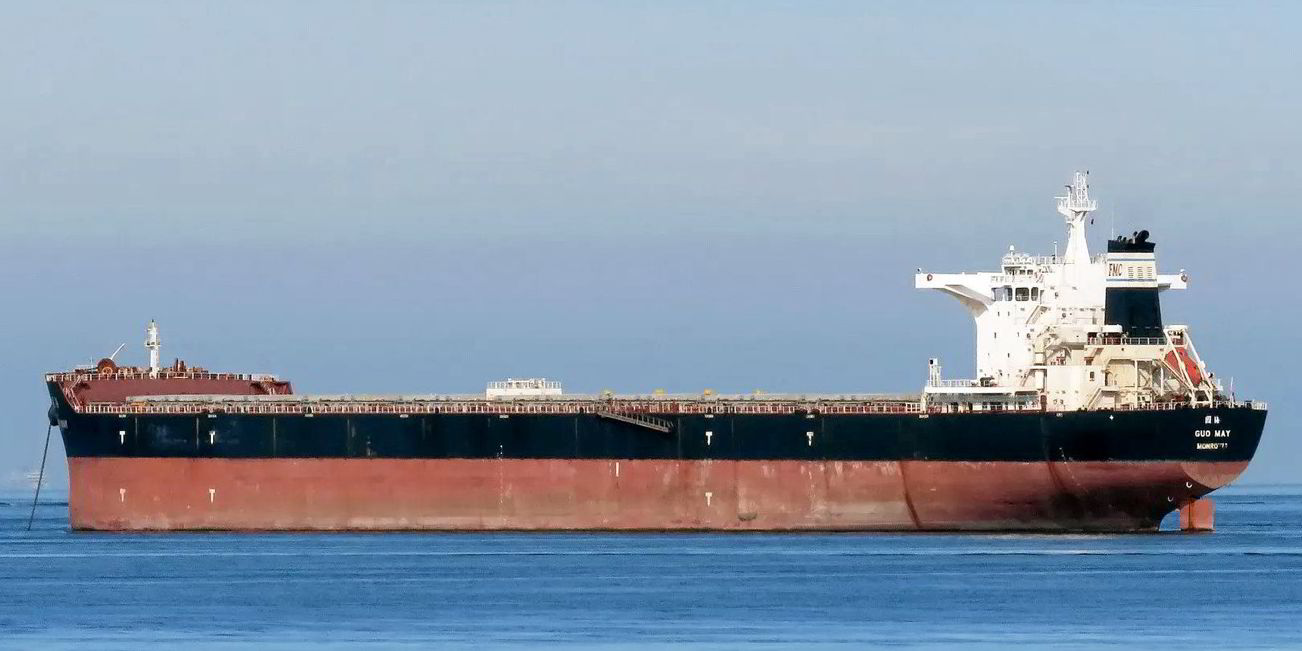On second thoughts, maybe capesize spot day rates in mid-2024 will exceed the $28,000 level after all.
Such was sentiment in the capesize futures market on Thursday after a bullish day of trading.
It was almost as if participants returned from Wednesday’s Labour Day holiday feeling a little more upbeat.
The sudden shot of optimism followed a big advance in the physical index on Thursday.
An extra $2,117 was added to Baltic Exchange panellists’ assessment of average capesize spot rates on Thursday, which rose to nearly $19,700 per day. This is the weighted average of rates across five key benchmark routes.
The physical market is still some way below the futures curve, which is steeply backwardated through the middle of this year — and even more so after Thursday’s trading in the paper market.
That resulted in the indicative forward curve being lifted by at least $2,000 per day for front-month contracts in June and by almost $1,000 or more for the rest of the year.
May contracts were the biggest winner, settling $2,418 higher than Wednesday, at nearly $26,000 per day.
Paper for June printed at nearly $29,900 per day, up by $2,271 over the course of the day’s trading.
A shade below $1,500 was added to July contracts, which settled at nearly $29,000 per day.
August paper ended the day at about $28,200 per day, just over $1,000 more than on Wednesday.
September and October both finished up at roughly the $27,900-per-day level.
East versus West
Capesize fixing activity in the East has been fairly steady, but voyage rates have been rising.
“Activity was notable in the Pacific, with two miners, a handful of operators and several tender cargoes in play,” the Baltic Exchange said in its daily market report on Thursday.
There were reports of an iron-ore voyage from Western Australia to China being done at $10.40 per tonne, plus “speculation” of a deal at $10.65 per tonne, the Baltic noted.
Rates on the Australia-China benchmark route were assessed $0.439 higher at $10.45 per tonne.
But over in the Atlantic, iron-ore fixing activity is slowing and shipowners may need to adjust their expectations.
“It seems there’s a growing disparity between the bid and the offer from South Brazil and West Africa to the Far East, causing a slowdown in activity,” the Baltic Exchange said in its report.
“Nevertheless, there’s a positive shift in sentiment indicated by a rise of $0.61 in the C3 index to $25.76 [per tonne].
“Brokers note a significant increase in cargo in the North Atlantic, coupled with a shrinking tonnage list, which is boosting confidence. The C8 index today rose by $3,871 to $12,214 [per day] today.”





